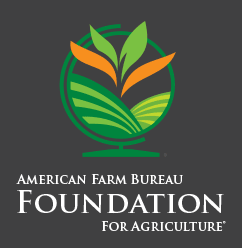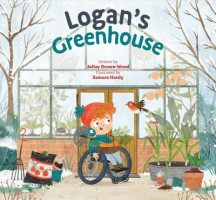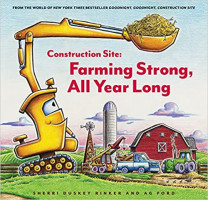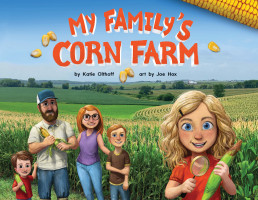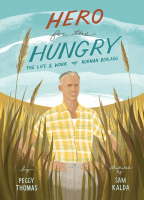The Necessity of Food
Lesson 5 - Sustainable Agriculture: Social
Lesson Plans
Lesson Plans
National Learning Standards:
- CCSS.ELA-LITERACY.RH.11-12.7: Integrate and evaluate multiple sources of information presented in diverse formats and media (e.g., visually, quantitatively, as well as in words) in order to address a question or solve a problem.
- CCSS.ELA-LITERACY.RST.11-12.9: Synthesize information from a range of sources (e.g., texts, experiments, simulations) into a coherent understanding of a process, phenomenon, or concept, resolving conflicting information when possible.
Grade Level: 9-12
Lesson Length: 60 minutes
Learning Objectives:
Participants will:
- Understand the role that agriculture plays in society
- Compare aspects of life for farmers, ranchers and farm workers with those in urban settings and occupations
- Explain how sustainable agriculture enhances local communities
- Describe aspects of food access such as food insecurity, poverty, language barriers, and food deserts that affect the social aspect of sustainable agriculture
Materials and Equipment Needed:
- Social Sustainability PowerPoint
- Paper and writing utensils for students
- Computer and internet accessibility for individual research needs
- Web-based service (Skype, Google Hangout, Adobe Connect, WebEx, etc.)
- One of the following options for each group:Variety of materials for visual presentation (large paper, markers, etc.)
- Software to support the creation of a visual presentation
- KWL posters from Lesson 1
Cross-Curricular Connections:
Use these suggested adaptations to make learning across the curriculum easy!
Science
Connect with a local registered dietician or nutritionist to address the science and nutrition of food. Consider asking the presenter to focus on food choices in America based on socio-economic factors.
Technology
Encourage students to reconnect with the farmers or ranchers from their project to address the technology that is used on their farms and ranches. Have students present their findings.
Engineering
Have students research and design alternative routes for food to travel from producer to consumer, taking into account shelf life, fragility, etc.
Mathematics
Have students research the breakdown of a dollar in the food system. For current data, check out Food and Farm Facts”, available in the store at agfoundation.org
